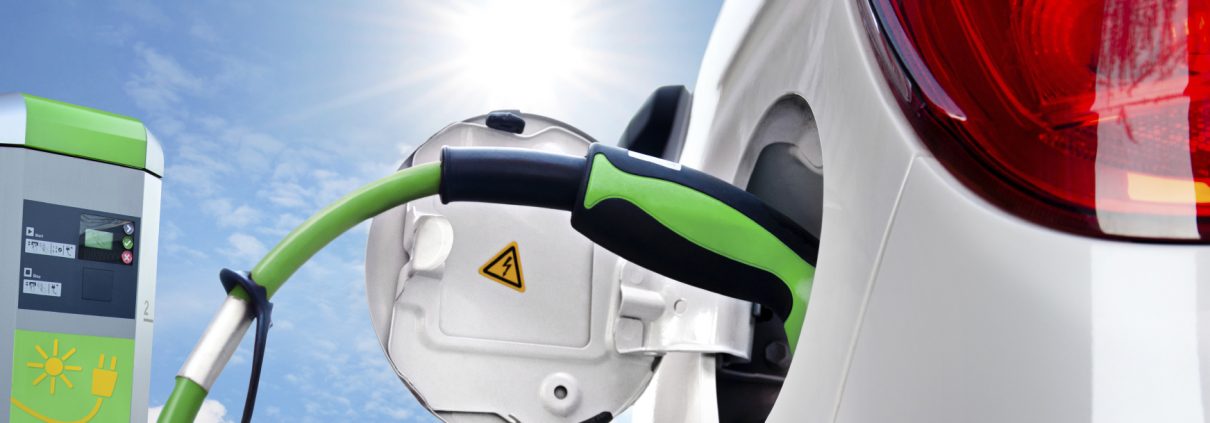
Electric Grid Likely to Accommodate Electric Vehicles in the Near Term but Longer Term Questions Remain
Analysis by UCLA contributes to the Transportation Electrification Blueprint for the County of Los Angeles
Five million zero-emission vehicles on California roads by 2030. A transition of more than 2,000 buses in Los Angeles County to achieve a 100% electric bus fleet by 2030. Zero-emission drayage trucks at the ports of Los Angeles and Long Beach by 2035. These are just some of the bold policy targets set by California, the County of Los Angeles, and local municipalities to advance the electrification of vehicles in order to clean the air and combat climate change.
How will millions of electric cars, buses, and trucks impact the electrical grid? Will there be blackouts or could the transition be smooth?
To answer these questions, researchers from the UCLA Luskin Center for Innovation collaborated with Los Angeles County Energy and Environmental Services and others to produce the County of Los Angeles Transportation Electrification Blueprint. This newly released blueprint is focused on infrastructure planning to support the charging of electric vehicles, and the potential impacts that widespread transportation electrification will have on electrical distribution infrastructure in LA County.
UCLA researchers contributed to the development of the blueprint by estimating the energy demands of: 1) battery electric transit buses, 2) battery electric heavy-duty drayage (port) trucks, and 3) electric commuter vehicles at workplaces. The spatially and temporally resolved energy demand estimates developed by UCLA are a critical input to evaluate the potential grid impacts of electric vehicle charging.
The blueprint study found that in the near term, electric buses, drayage trucks, and commuter vehicles are not likely to cause significant stress on the electrical grid. However, it does raise concerns of potential grid impacts in the longer term as the region meets its transportation electrification goals.
“Heavy-duty vehicles like buses and trucks draw a lot of electric power but most charging will happen when vehicles are off duty during the night, when there is spare capacity on the electrical grid,” stated James Di Filippo, lead researcher for the Luskin Center for Innovation on this analysis.
“While grid capacity isn’t a concern in the short term, this could change in the long term when more and more vehicles will be grouped together in bus and truck yards. Fortunately, grid operators have time to plan ahead,” Di Filippo added.
Funding for the blueprint was provided by phase one of the California Energy Commission’s Electric Vehicle Ready Communities Challenge. Phase two participants will be selected by the Commission and will receive additional funding for further research and blueprint implementation.
In addition to the UCLA Luskin Center for Innovation, the other partners that worked with the County of Los Angeles to prepare the blueprint were: Kevala Analytics, Los Angeles Cleantech Incubator, and ICF.


